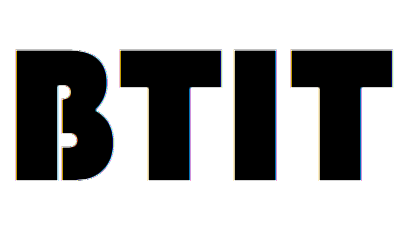GLP-i for Maintenance Management
- mehrdad's Blog
- Log in to post comments
 GLPi, initially designed as an IT asset management tool, has evolved into a versatile system capable of managing and maintaining non-IT assets effectively. This capability is especially beneficial for organizations with diverse asset portfolios, including vehicles, office equipment, and facility infrastructure.
GLPi, initially designed as an IT asset management tool, has evolved into a versatile system capable of managing and maintaining non-IT assets effectively. This capability is especially beneficial for organizations with diverse asset portfolios, including vehicles, office equipment, and facility infrastructure.
Key Features and Benefits of Using GLPi for Non-IT Asset Management
- Comprehensive Asset Inventory: GLPi allows organizations to maintain an up-to-date inventory of all assets, both IT and non-IT. This includes detailed information about each asset's configuration, historical performance, and interdependencies. This feature is crucial for understanding the complete asset landscape and making informed decisions about asset utilization and maintenance.
- Customizable Asset Fields: With GLPi, users can create custom fields tailored to specific asset types. This flexibility ensures that all relevant information is captured, whether for vehicles, furniture, or other equipment. For example, fields can be added to track vehicle maintenance schedules, purchase dates, and depreciation values.
- Impact Analysis and Dependency Mapping: One of the standout features of GLPi is its ability to perform impact analysis by mapping the dependencies between various assets. This functionality helps organizations understand how issues with one asset can affect others, facilitating proactive maintenance and minimizing downtime.
- Lifecycle Management: GLPi supports the entire lifecycle of an asset, from procurement to retirement. This includes tracking maintenance schedules, managing warranties, and planning for asset replacement. Such comprehensive lifecycle management helps in maximizing the utility of assets and ensuring timely upgrades or replacements.
- Financial Management: The financial management features of GLPi allow organizations to track the costs associated with each asset, including purchase price, maintenance expenses, and depreciation. This financial visibility aids in budgeting and cost optimization.
Case Studies
- Proma Group: Proma Group, a multinational manufacturer of automotive components, implemented GLPi to manage its vast array of assets, including non-IT assets such as manufacturing equipment and vehicles. The system helped them streamline asset tracking, maintenance schedules, and financial management, leading to significant operational efficiencies and cost savings.
- Educational Institutions: Several educational institutions have utilized GLPi to manage assets such as classroom furniture, laboratory equipment, and transportation vehicles. By integrating these assets into a single management system, these institutions have improved resource allocation, maintenance scheduling, and budgeting.
GLPi's robust and customizable features make it an excellent tool for managing non-IT assets. Its ability to maintain detailed inventories, perform impact analyses, manage asset lifecycles, and track financials provides organizations with a comprehensive solution for asset management. This leads to improved operational efficiency, reduced costs, and better resource utilization.
For more detailed information and case studies, you can explore GLPi's official documentation and success stories on their website.
